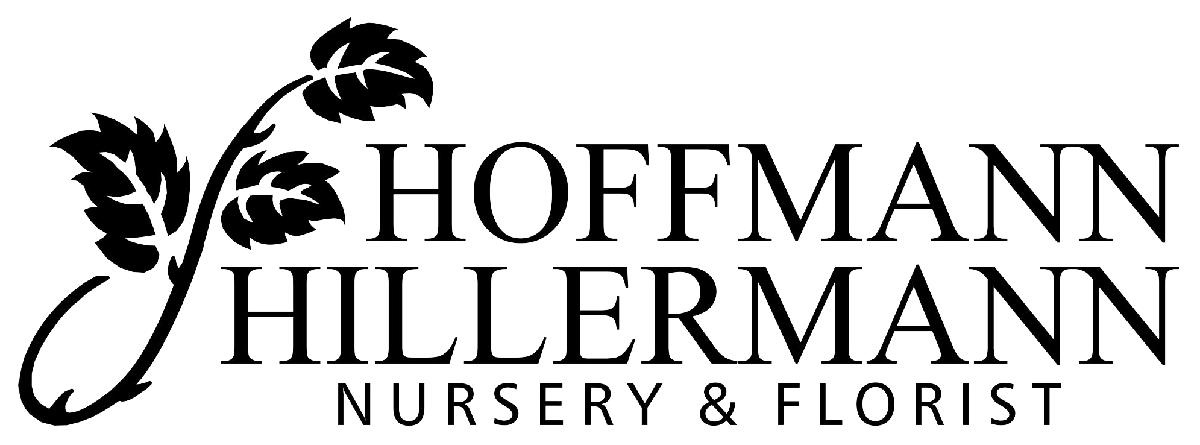Basics: This bird is easily recognized by it’s perky crest and blue, white, and black plumage, as well as it’s noisy calls. The Blue Jay is a very aggressive bird at the feeders, because of its size and character. Even though some people do not like to attract Blue Jays, they are a beautiful addition to the winter backyard.
Housing: Open flat platform nesting is necessary, as in their natural habit they are attracted to flat spaces on tree branches.
Food: Offer a variety of food, to attract the maximum amount of Blue Jays to your area. Peanuts, black and striped sunflower seeds, elder berries, cherries, dogwood and acorns are Blue Jay favorites! Since the blue jay's bill is powerful and all purpose, it can handle peanuts either in the shell or out. Suet is also something that attracts jays.
How to attract: Install a bird bath, put out a variety of seeds, berries, and suet, as well as maintaining flat platform areas around your yard.
Fact: Dinnertime is all the time for birds. Birds have a high body temperature and a high rate of metabolism, and digest their food rapidly. Each day they have to eat a lot to store energy and body fat.
Tip: Use baffles or put up temporary covers to keep the feeders from becoming clogged with ice and snow.














